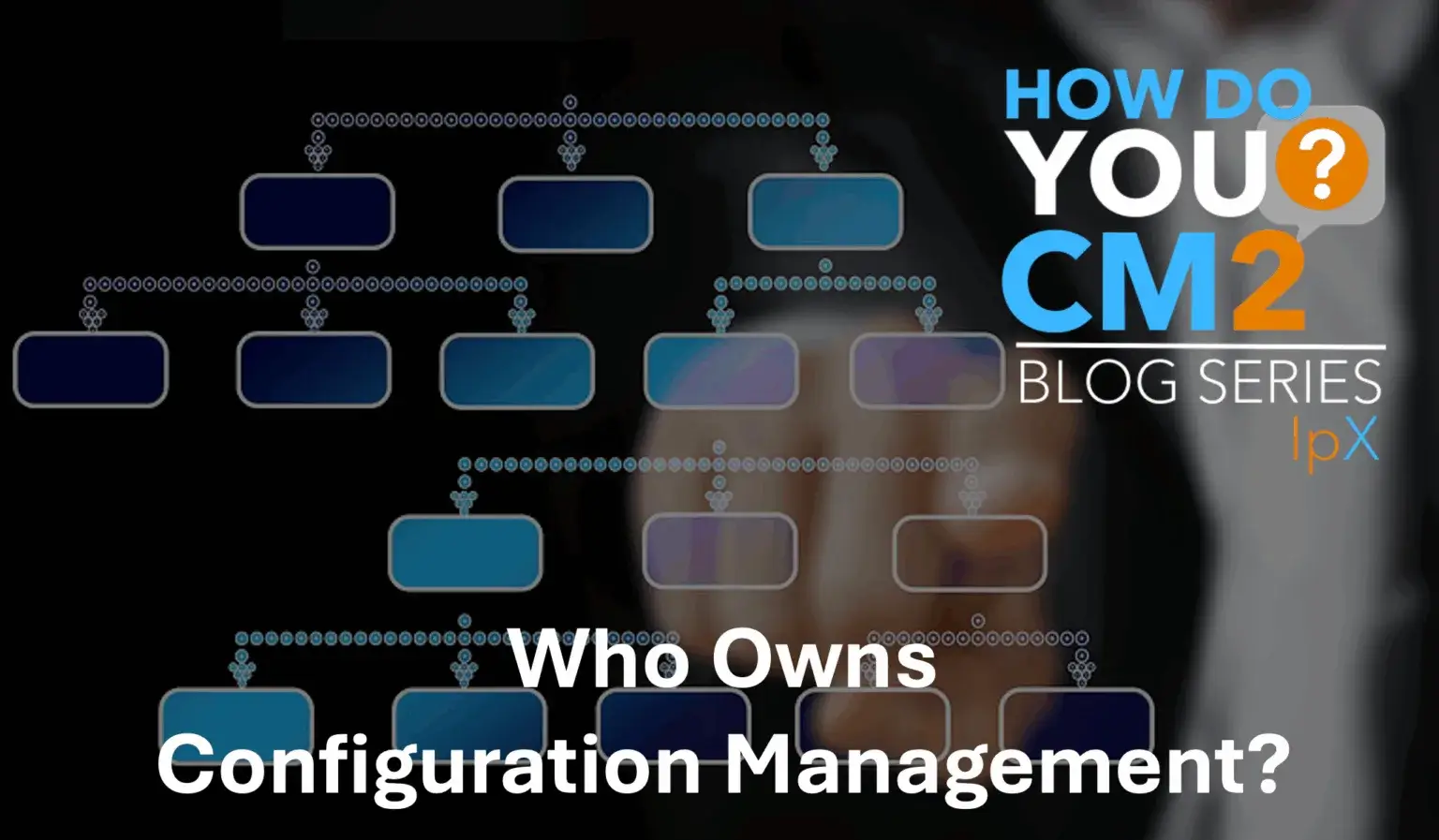October 21, 2025
Community Voice


It’s a deceptively simple question, and one that sparks more debate than you might expect.
Some organizations point to engineering. After all, they design the product, so surely they own the definition. Others assume Quality, because ”it’s Quality”. Manufacturing sometimes claims it, because they’re the ones who build. Most of the time CM is put under the ownership of the department that has the most problems and is trying to get back in control.
But here’s the reality:
👉 Configuration Management is not owned by engineering.
Engineering creates, but CM connects. Engineering is responsible for technical solutions, but Configuration Management ensures those solutions remain clear, consistent, and correct across the enterprise. If ownership stops at engineering, CM gets reduced to document control, a back-office function. And when that happens, the business loses visibility, traceability, and ultimately…credibility.
👉 CM must be aligned with all processes.
CM is not a single step in the lifecycle; it is the thread that binds every step together. From requirements definition to design, from procurement to production, from service to sustainment, CM is what ensures everyone is building, testing, and delivering against the same definition of truth.
Think about it this way:
The result? Rework. Delays. Scrap. Lost trust.
But when CM is integrated into all processes, when every decision, change, and requirement is connected, you get speed, clarity, and confidence. You get the digital thread that works.
📌 In CM2, the world-class standard for Configuration Management, ownership isn’t about a single department “holding the pen.” It’s about embedding CM into the DNA of the organization, so that every function speaks the same language of traceability and accountability.
💡 Here’s the real takeaway: Configuration Management isn’t a department. It’s a discipline that needs to be integrated throughout your organization. So, whoever owns CM in your organization, needs to mature the discipline and align it with all functions of the organization. CM must be able to act as an unbiased 3rd party.
So let me ask you: In your organization, who “owns” Configuration Management, and how aligned is it across your processes?
Your answer shapes more than your internal efficiency. It shapes the reliability of your products. The satisfaction of your customers. And the strength of your reputation in the marketplace.
Check out the other How Do YOU CM2? posts.
Use code Martijn10 for 10% off training—and don’t forget to tell them Martijn sent you 😉.
Copyrights by the Institute for Process Excellence
This article was originally published on ipxhq.com & mdux.net.

Known by his blog moniker MDUX—Martijn is a leading voice in enterprise configuration management and product lifecycle strategy. With over two decades of experience, he blends technical depth with practical insight, championing CM2 principles to drive operational excellence across industries. Through his blog MDUX:The Future of CM, his newsletter, and contributions to platforms like IpX, Martijn has cultivated a vibrant community of professionals by demystifying complex topics like baselines, scalability, and traceability. His writing is known for its clarity, relevance, and ability to spark meaningful dialogue around the evolving role of configuration management in Industry 4.0.

